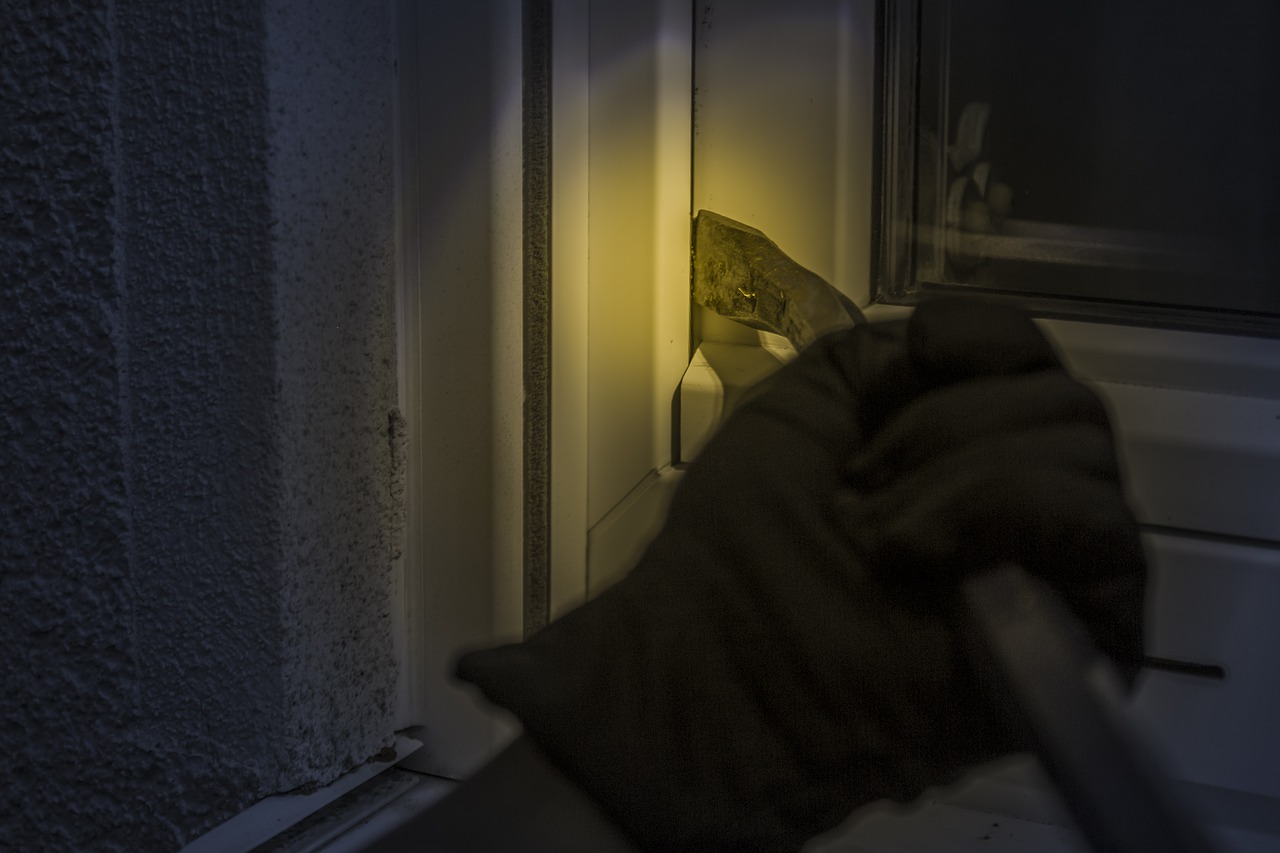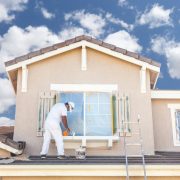Thermal and acoustic insulation and sun protection are no longer the only criteria for choosing windows. Securing the house has become an essential concern, and external openings are equipped with increasingly effective anti-break-in devices. Do you know them all?
Windows that Resists
Whether made of wood, PVC or aluminium, a window can be forced open in 10 seconds, you just need a screwdriver to unhinge it. Yet, burglars always have a limited time to act, so their objective is to get inside the house as quickly as possible. That is why security devices are primarily intended to increase as much as possible the time they need to get in. And to make it even more difficult, secured openings can include reinforced frames, multiple closing points and hinges impossible to unhinge.
“Security devices are primarily intended to increase as much as possible the time intruders need to get in.”
Find our ads on:
Window Handles Equips with Locks
Burglars primarily attack the most unprotected houses and sometimes manage to break in with surprising ease, simply by operating the inside handle of a window or a French door. To this purpose, they choose the most suitable method: breaking the glass or drilling a hole in the frame to insert a wire and operate the handle from the inside. Defending your home against this type of intrusion is easy. All you have to do is equip windows, French doors and bay windows with lockable handles, a simple and inexpensive system that would be a pity not to use.
“All you have to do is equip windows, French doors and bay windows with lockable handles.”
Laminated Glass Becomes Impact-Resistant
To be more resistant to burglary, windows, French doors and bay windows can be equipped with laminated glass. This type of glazing includes a PVB plastic film, placed between the glass sheets, which increases its robustness in case of impact. Even the repeated shocks of a hammer won’t break it: the glass will fragment without falling into pieces and the intruder will have to give up his project or imagine another way to get into the house. The openings that need to be secured first are the most easily accessible, like those on the ground floor. Laminated glazing is classified according to its strength, on a scale from 1 to 6. For residential applications, RC2 class glazing is recommended.
“The openings that need to be secured first are the most easily accessible, like those on the ground floor.”
Triple Glazing Gets Secured
With a thickness of 32 to 36 mm, triple glazing can seem to be highly resistant. However, it does not provide a sufficient level of protection to prevent burglaries. To increase its resistance, the external standard glass can be replaced by a laminated one, which will guarantee its anti-break-in qualities.
“To increase its resistance, the external standard glass can be replaced by a laminated one, which will guarantee its anti-break-in qualities.”
All these devices are effective, but if you want to increase even more the level of security of your home, you will need to add an alarm, which is always a very effective way to deter intruders.

